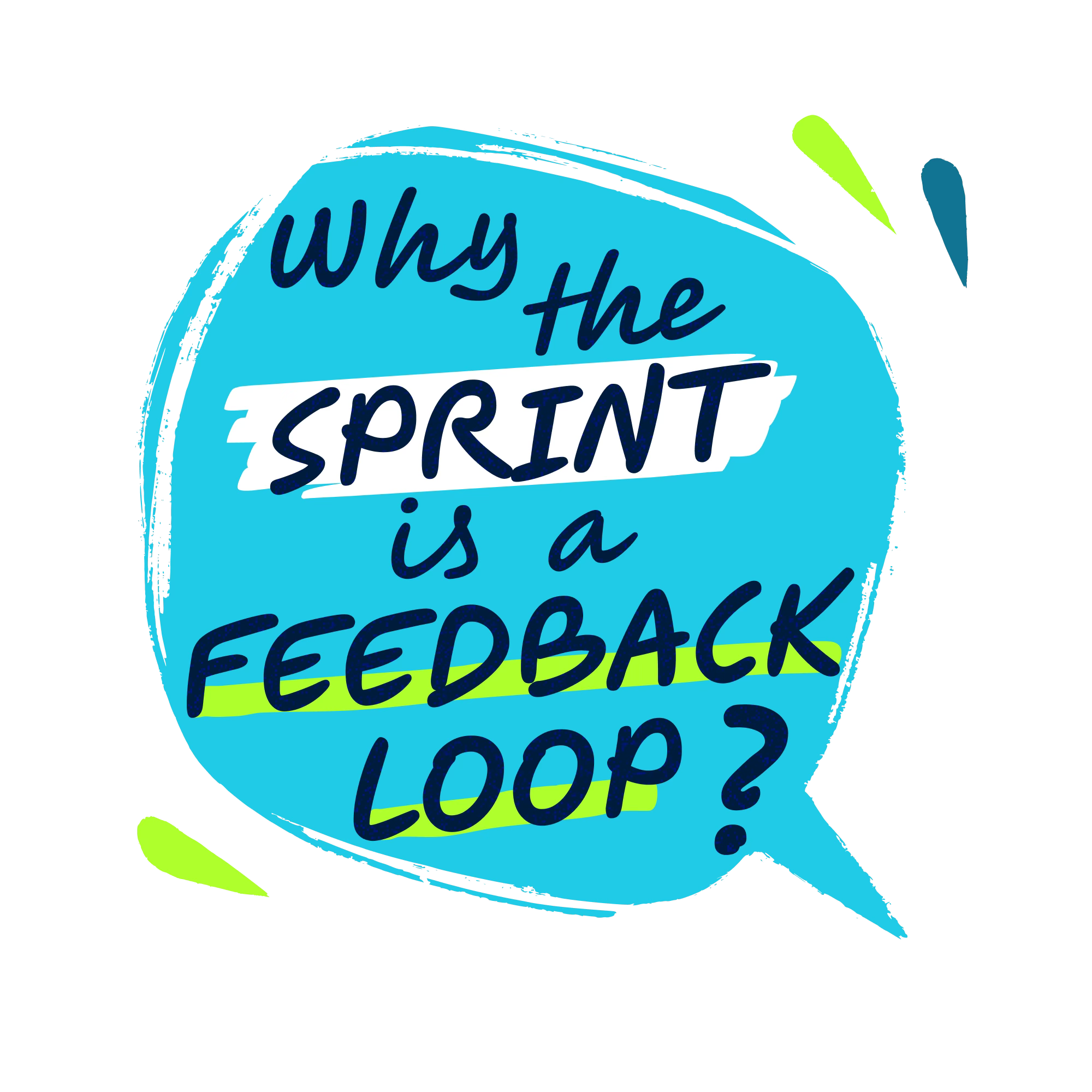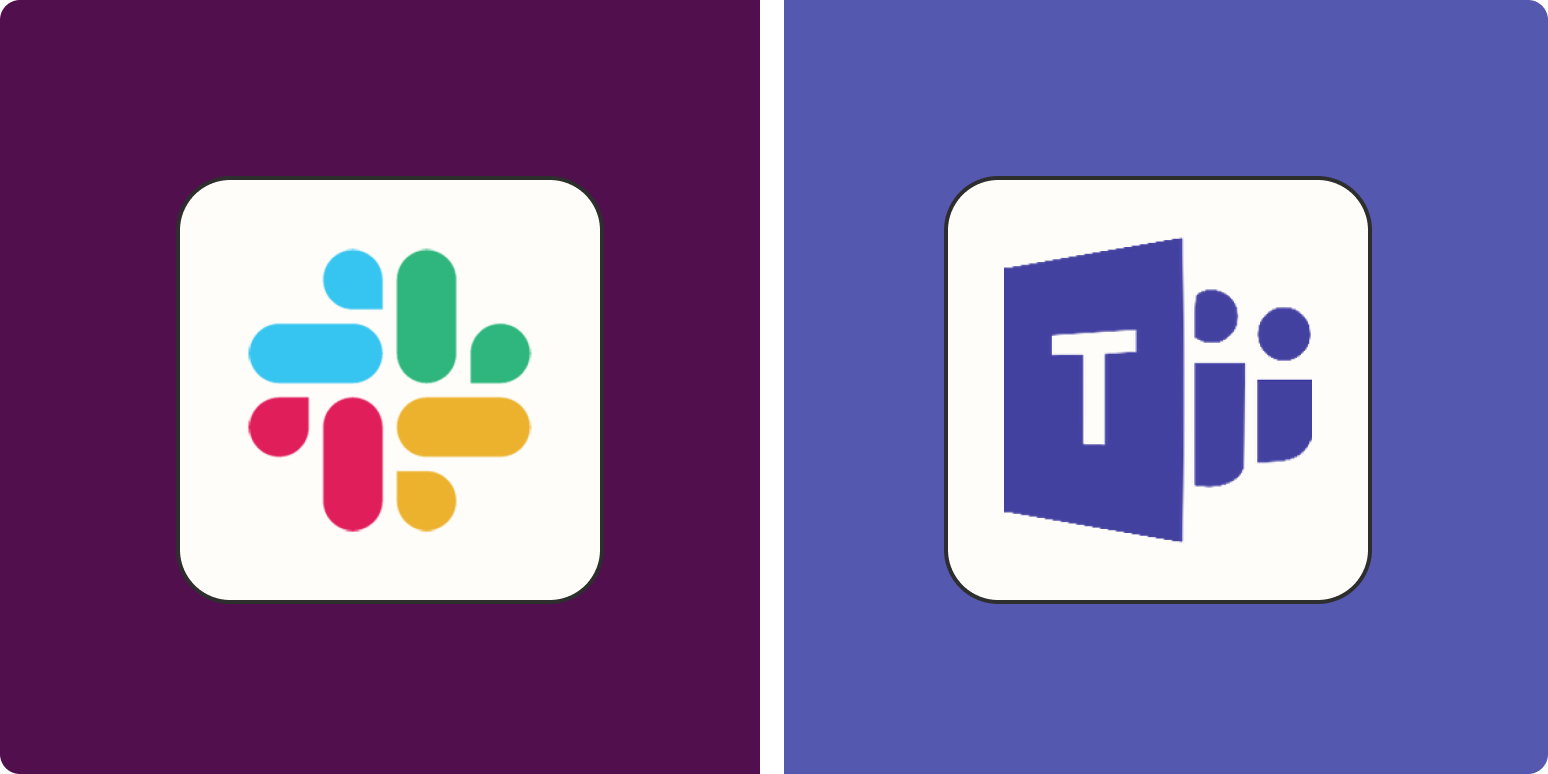Cross-Functional Collaboration: Aligning Engineering, Design, and Product Teams for Success
6 min read

Table of Contents
Cross-functional collaboration is a game-changer for product development, especially when engineering, design, and product teams align on common goals. But let’s be real—it’s not always a smooth ride. Coordinating efforts across multiple disciplines can be tough, especially with different priorities and workflows. However, when done right, it leads to faster iterations, better products, and a more cohesive team. For Technical Program Managers (TPMs) and engineering teams, ensuring seamless communication and alignment across these disciplines is key. So, how can you make sure all teams—design, engineering, and product—work together like a well-oiled machine? Let’s explore some strategies.
Also read: Scaling Agile: Managing Sprints Across Distributed and Large Teams
Facilitating Better Communication During Sprint Planning and Reviews
Sprint planning and reviews are critical moments where your cross-functional team can really show their stuff (or drop the ball). If communication is off, the whole sprint can go sideways. For TPMs, engineering leads, and product managers, making sure these meetings are productive is an art.
Sprint Planning: Where Everyone Gets on the Same Page

During sprint planning, the first step is to make sure everyone knows why they’re working on a task. This is where design, engineering, and product need to clarify priorities and expectations upfront. For example, a product manager might be focused on a feature’s business value, while the engineering team is more concerned about technical feasibility. Getting both teams on the same page early on can save you from conflicting objectives later down the line.
The key is making the goals clear, breaking them into manageable chunks, and communicating dependencies.
For example, “Engineering team needs to complete this backend feature before Design team can finalize UI mockups” should be flagged in the sprint planning meeting. This clarity ensures that all teams understand the sequence of work and potential bottlenecks.
Also read: Hybrid Sprint Retrospective for Hybrid Software Delivery Teams!
Sprint Reviews: Continuous Feedback Loop

Sprint reviews are where the magic happens—when teams present their work, get feedback, and adjust. Cross-functional collaboration thrives in this space when feedback is open, constructive, and actionable. The product team will give feedback based on user needs and market expectations, the design team will assess if the UI aligns with the brand’s vision, and the engineering team will review the technical feasibility.
As a TPM, this is your chance to make sure feedback loops are not just happening but happening in real time. Aligning engineering and design teams during the sprint review is vital to avoid missteps that could ripple out into other sprints. Regular, open communication during these reviews helps everyone learn and improve together.
Also read: Difference Between Sprint Review and Sprint Retrospective
Resolving Conflicts Between Competing Priorities in Multidisciplinary Teams

Conflicting priorities are the inevitable headaches of any multidisciplinary team. As an engineering manager or TPM, one of your jobs is to identify when these tensions are popping up and mediate them before they turn into full-blown roadblocks.
For instance, product managers may want to launch a feature ASAP to stay ahead of competitors, but engineers are worried about the technical debt this feature could introduce. Meanwhile, the design team might feel that the proposed user interface doesn’t align with the vision they’ve worked hard to create.
The Role of Technical Project Managers (TPMs) in Conflict Resolution

TPMs are natural peacekeepers in these situations. The best way to resolve these conflicts is through transparent, solution-focused communication. It’s about finding the balance between time constraints, technical limitations, and user expectations. Encourage teams to lay all their cards on the table, discuss trade-offs openly, and explore creative solutions that address the concerns of all departments.
One powerful strategy is to bring stakeholders together early in the process to discuss trade-offs. Create an environment where product, design, and engineering teams are comfortable voicing their concerns without fear of being overruled. Rather than creating silos, encourage collaborative decision-making. This way, each team’s expertise can influence the final decision, and you avoid resentment or friction later.
Also read: Leveraging Data-Driven Decision-Making in Engineering Management
Leveraging Tools to Create a Unified Sprint View Across Departments
In the age of digital tools, there’s no excuse for fragmented communication across teams. Leveraging the right tools can significantly improve cross-functional collaboration, making sprint planning, execution, and review more efficient and transparent.
Choosing the Right Project Management Tools
Project management tools like Middleware Jira Plugin, Asana, or Trello can help create a shared sprint view across teams. This means that design, engineering, and product teams can all see and understand what tasks are in progress, what dependencies exist, and who’s responsible for what.

For example, a product manager can add the business context to user stories, while designers can attach mockups, and engineers can track technical dependencies.
Also read: Top 20 Project Management Software: Tools for Enhancing Engineering Productivity
Centralized Communication with Slack or MS Teams

Slack or MS Teams also play a critical role in keeping teams aligned, especially when cross-functional collaboration needs to happen quickly. Slack channels dedicated to specific sprint goals or features can be a place for all teams to communicate asynchronously, ask questions, and share updates. Having a single communication hub where everyone is plugged in minimizes the risk of information falling through the cracks.
TPMs can set up automated reminders and notifications within these tools to ensure that teams stay on track with deadlines and that critical feedback is captured in real time. This ensures that all members of the team, no matter their discipline, stay up to date on progress, blockers, and new updates.
Unified Documentation Platforms
Using documentation platforms like Confluence, Google Docs, or Notion can also streamline cross-functional collaboration. This allows teams to document decisions, create shared specifications, and maintain a single source of truth. Engineers can leave notes on technical aspects, while designers can update on UI/UX revisions, and product managers can clarify feature requirements.
Also read: The Importance of Documentation in DevOps: 2024 Dora Report
Conclusion: Why Cross-Functional Collaboration Is Essential for Success?
Aligning engineering, design, and product teams isn’t just a nice-to-have—it’s a must. By facilitating better communication during sprint planning and reviews, resolving conflicts between competing priorities, and leveraging the right tools, TPMs and engineering teams can boost productivity and build stronger products. So, let’s be real: cross-functional collaboration is hard work, but with the right strategies in place, it doesn’t have to feel like a constant uphill battle. Align your teams, embrace transparency, and watch as you power through sprints and deliver exceptional results—together.
Take Action Today!
To streamline your cross-functional collaboration, consider integrating the Middleware Jira Plugin. It’s designed to enhance communication, track progress seamlessly, and ensure that your teams stay aligned and focused on delivering outstanding results. Ready to elevate your collaboration? Start using Middleware Jira Plugin now!
FAQs
How do you align cross-functional teams?
Align cross-functional teams by fostering open communication, setting clear goals, and ensuring transparency throughout the project lifecycle.
How do you work with cross-functional teams to achieve product goals?
Collaborate through regular check-ins, ensure all teams understand their roles, and leverage shared tools to keep everyone focused on common objectives.
What is a cross-functional engineering team?
A cross-functional engineering team consists of members with diverse skills, including developers, designers, QA, and product managers, working together to deliver a product.


